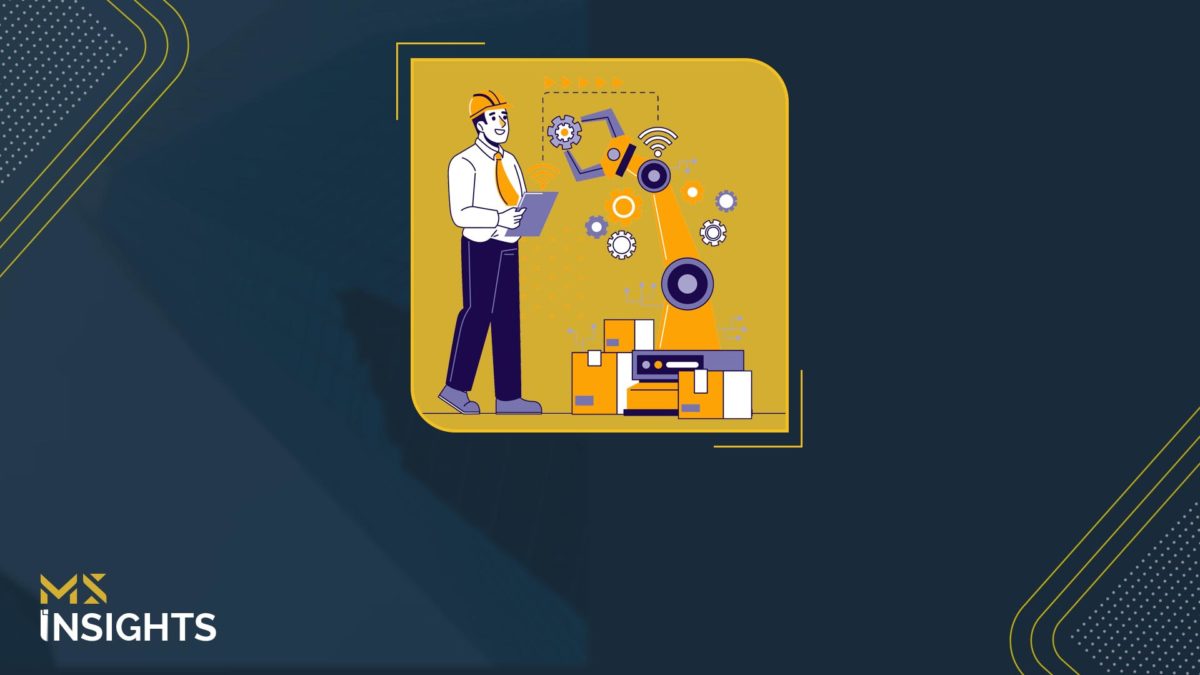We’ve all heard someone say, “I only buy branded stuff.” But what does that really mean? Why do some brands make us feel loyal, almost like we need them, while others just don’t make the cut? Whether it’s that luxury handbag, the smartphone you can’t live without, or the sneakers you’ve been eyeing for months, brands aren’t just about the products—they represent trust, reputation, and a feeling of connection.
But when it comes to a business deal, like a Merger or Acquisition (M&A), your brand holds way more weight than just consumer preference. It becomes a real asset, something that could make or break the deal. That’s where the brand strength measure comes in—a tool that measures the true power of your brand. It goes beyond just a logo or slogan, looking at everything from customer loyalty to market perception, helping businesses understand the value their brand brings to the table.
So, when you’re considering a big move, like an M&A deal, how do you know if your brand is ready to shine? Let’s explore how the brand strength can be the key to unlocking your brand’s full value and setting the stage for a successful deal.
The Brand Strength Measure: A Game-Changer in Brand Valuation
When it comes to brand valuation, traditional methods based on financial metrics can only take you so far. Measuring brand strength is a comprehensive, data-driven approach that evaluates a brand’s strength using both quantitative and qualitative factors. It doesn’t just consider market share or revenue growth – it dives deeper into the emotional and functional drivers behind brand perception, loyalty, and consumer attachment.
This incorporates insights from market research (consumer behavior, brand perception, emotional resonance) and financial data (revenue growth, price premiums, and marketing investments). By doing so, it produces a single, dynamic score that reflects how consumers feel about the brand and, more importantly, how that translates into financial value.
How the Brand Strength Measure Influences Brand Valuation in M&A
In the context of M&A, the brand strength measure serves as a crucial component in assessing brand value, which is ultimately a reflection of the Net Present Value (NPV) of future cash flows attributed to the brand. A strong brand is often the key to unlocking higher valuation multiples and future growth potential in any M&A transaction.
Here’s how the Brand Strength Measure shapes brand valuation:
Quantifying Intangibles: The strength of a brand is intangible, but the brand strength measure brings it into the tangible realm. It incorporates factors like brand awareness, brand loyalty, perceived quality, and brand equity – all essential components for projecting future brand performance and cash flows.
Differentiating Competitive Advantage: In an M&A scenario, a strong brand can significantly differentiate a company from its competitors. The brand strength measure allows businesses to benchmark their brand strength against others in the same industry or across different sectors. This helps potential buyers understand the competitive edge they would gain by acquiring a brand with strong consumer loyalty and recognition.
Tracking Brand Health Over Time: A dynamic and evolving brand doesn’t just stay the same – it grows, changes, and adapts. The brand strength measure enables brands to track their performance over time, providing a clear picture of how brand strength has evolved and whether it’s set to increase or decline. This is invaluable when forecasting future performance and calculating brand value for M&A deals.
Identifying Strengths and Weaknesses: By using the brand strength measure to benchmark various brand attributes, M&A professionals can identify areas where the brand excels or needs improvement. This insight is key when negotiating a deal or crafting post-acquisition integration strategies.
Key Metrics That Shape Brand Strength: What to Focus On?
While the brand strength measure is a comprehensive tool, it’s important to understand the specific KPIs (Key Performance Indicators) that shape it:
Brand Awareness: How well-known is the brand? Is it top-of-mind for consumers? The more consumers recall the brand, the higher its future revenue potential.
Brand Perception: How do consumers perceive the brand? Is it associated with quality, exclusivity, or innovation? This emotional connection directly impacts purchasing decisions and loyalty.
Brand Equity: What additional value does the brand add to its products or services? Brand equity includes consumer trust, willingness to pay a premium, and customer loyalty.
Brand Loyalty: How likely are customers to stick with the brand in the long term? A loyal customer base ensures consistent revenue streams, enhancing brand value.
Brand Assets: From logos to customer experiences, the tangible and intangible elements that shape a brand’s identity are crucial for distinguishing it in a competitive market.
Overcoming Challenges in Brand Strength Analysis
While the brand strength measure is a powerful tool, it comes with challenges. One major hurdle is the dynamic nature of consumer preferences. As trends evolve and consumer needs change, the strength of a brand can shift dramatically. Therefore, continuous monitoring and adaptation are crucial to ensure that the BSI accurately reflects current and future market conditions.
Another challenge is isolating the impact of brand strength from other factors that drive performance. For example, factors such as market share, economic conditions, and regulatory changes can influence brand performance, making it difficult to assess the true value of the brand in isolation.
The Road Ahead: Enhancing Brand Strength for Maximum Valuation
For companies in the midst of an M&A transaction, enhancing brand strength can lead to higher brand value and a more favorable deal.
Strategies for enhancing brand strength include:
Consistent Branding: Ensure that all brand touchpoints deliver a unified and compelling message.
Emotional Engagement: Build an emotional connection with consumers through storytelling, personalized experiences, and values-based marketing.
Innovation: Stay ahead of the competition by continuously innovating products and services that resonate with consumers.
Customer Loyalty: Foster strong relationships with customers by delivering exceptional experiences and service.
In M&A, a well-valued and respected brand can become the crown jewel of the deal, offering the buyer a sustainable competitive advantage that lasts far beyond the closing of the transaction.
Elevating M&A Deals with In-Depth Brand Valuation Insights
At MS, we know the value of your brand is key to M&A success. Our experts provide tailored brand valuation services using advanced methods like measuring brand strength. We analyze your brand’s market position, equity, and growth potential to help you make informed decisions. With MS, you can seamlessly integrate brand valuation into your M&A strategy, ensuring long-term success and maximizing shareholder value.









